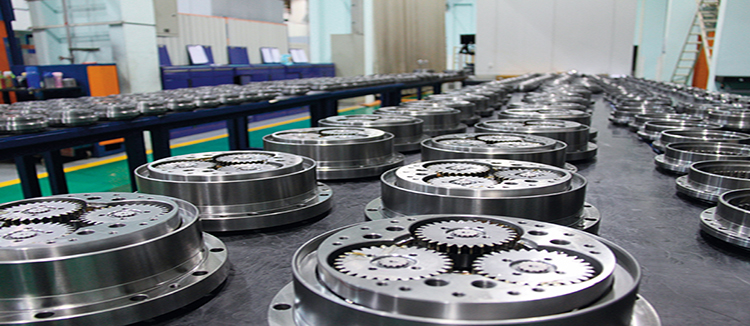Exploring the Versatility and Efficiency of Electric Cylinders in Modern Industrial Automation
The advent of electric cylinders has revolutionized the field of industrial automation, offering a range of benefits that traditional pneumatic or hydraulic systems cannot match. Electric cylinders, with their precision, control, and energy efficiency, have become an essential component in many manufacturing processes. This article delves into the features, applications, and advantages of electric cylinders, highlighting their pivotal role in modern industrial settings.

Electric cylinders, also known as electric linear actuators, are mechanical devices that convert electrical energy into linear motion. They are designed to provide precise control over the movement of machinery, making them ideal for applications where accuracy and repeatability are paramount. The operation of an electric cylinder is based on the interaction of an electric motor with a lead screw or a ball screw mechanism, which translates rotational motion into linear motion.

One of the key advantages of electric cylinders is their energy efficiency. Unlike their pneumatic or hydraulic counterparts, which can consume significant amounts of energy, electric cylinders offer a more sustainable solution. They consume power only when in motion, reducing overall energy usage and contributing to a greener industrial environment.

Another significant benefit of electric cylinders is their controllability. With advanced control systems, these actuators can be programmed to move with high precision and speed, making them suitable for a wide range of applications, from packaging to assembly lines. The integration of sensors and feedback mechanisms allows for real-time adjustments, ensuring that the electric cylinder operates within the desired parameters.
The versatility of electric cylinders is also noteworthy. They can be designed in various sizes and configurations to fit specific applications. Whether it's a small, compact cylinder for a desktop machine or a large, heavy-duty model for industrial presses, electric cylinders can be tailored to meet the needs of diverse industries.
Maintenance is another area where electric cylinders excel. They require less maintenance compared to pneumatic or hydraulic systems, which often need regular checks and replacements of seals, gaskets, and other components prone to wear and tear. Electric cylinders, with fewer moving parts, reduce the likelihood of mechanical failure and the associated downtime.
In terms of safety, electric cylinders are also a preferred choice. They eliminate the risks associated with high-pressure fluids, such as leaks and explosions, which are common in hydraulic systems. Additionally, the use of electric cylinders can simplify the overall system design, reducing the complexity and potential points of failure.
Applications of electric cylinders are vast and varied. They are used in material handling, where they help in lifting and positioning heavy loads. In the automotive industry, electric cylinders are employed in assembly lines for precise component placement. They are also found in medical equipment, where cleanliness and precision are critical, such as in surgical tables and diagnostic machines.
As technology advances, the capabilities of electric cylinders continue to expand. With the integration of IoT (Internet of Things) and AI (Artificial Intelligence), these actuators can become even more intelligent, offering predictive maintenance, self-diagnostic capabilities, and improved performance.
In conclusion, electric cylinders are a powerful tool in the realm of industrial automation. Their precision, energy efficiency, and versatility make them an attractive option for a multitude of applications. As industries continue to evolve and the demand for automation grows, electric cylinders will undoubtedly play a significant role in shaping the future of manufacturing and automation.










